(Rare Books, Maps, Manuscripts & Photographs, 9th October 2019) ◆ DARWIN, CHARLES ON THE ORIGIN OF SPECIES, BY MEANS OF NATURAL SELECTION London: John Murray 1859. First edition, 8vo in twelves, half-title, folding diagram detached and slightly torn, 32pp. publisher's advertisements dated June 1859 at end, as commonly found inserted into the first edition of the work, chocolate brown endpapers with binder's ticket of Edmonds and Remnants on rear endpaper, original green blindstamped cloth, lettered in gilt on spine, Freeman Binding Variant A, joints split, rubbing to corners, very slight rubbing and bubbling to the front cover, upper hinge a little split and tape repaired, light spotting to half-title and title-pages Note: Freeman's binding variant A: the upright of the L in LONDON is above the space between the H and N of JOHN. The right-hand upright of the last N in LONDON is above the upright of the second R in MURRAY. “The most important biological work ever written”: In June 1858, Darwin received a letter from fellow naturalist Alfred Russel Wallace containing his draft theory on species variation and distribution. Darwin had been investigating similar phenomena: his work onboard HMS Beagle from 1831 to 1836 had led him to investigate the reasons behind the geographic distribution of wildlife and fossils. Darwin noted the similarities between his work and Wallace's, in a letter to the Scottish geologist Charles Lyell: “if Wallace had my M.S. sketch written out in 1842 he could not have made a better short abstract!” On 1st July 1858, Darwin and Wallace presented a joint paper to the Linnean Society: On the Tendency of Species to form Varieties; and on the Perpetuation of Varieties and Species by Natural Means of Selection. Following this, Darwin commenced his Origin of Species. He started work on the book on July 20th 1858, corrected the proofs in September 1859 and received a copy early in November. This was a remarkably quick turnaround from conception to publication. 1,250 copies were printed, of which 1,192 were available for sale, with twelve reserved for the author, forty-one for review and five for Stationers' Hall copyright. All 1,192 available copies were subscribed for by booksellers on the day of publication, 24th November 1859, and Darwin was immediately asked by John Murray to prepare a revised text for a second printing. Darwin’s work was successful in the sense that it aroused huge interest and subsequent controversy. Peter Bowler, in his work Evolution: the History of an Idea, points out that the work did not draw clear lines between the scientific, religious and sociological issues raised in the text, sparking debate. At the time of publication, as is often the case now, many reviewers struggled to completely understand Darwin’s theory. Darwin was satirised in contemporary magazines as “a Venerable Orang-outang” and cartoonishly depicted as an ape with a bearded human head. Today On The Origin of Species, as it is more familiarly known, is considered to be one of the most important books ever published, and has inspired ongoing research into our biological origins. As the pioneering geneticist Theodosius Dobzhansky titled a famous essay: Nothing in Biology Makes Sense Except in the Light of Evolution. Certainly, modern scientific thought would be very different without Darwin’s seminal text. Darwin viewed evolution by natural selection as a very gradual mechanism of change within populations, and postulated that new species could be the product of this very same process, but over even longer periods of time. He indicated that species could form by the evolution of one species splitting into two, or via a population diverging from its extant ancestor to the point it was a new species. Darwin's insights into evolution were brilliant, especially in light of their being made in the absence of a known mechanism of inheritance. Indeed, ideas about heredity and the introduction of new genetic material via muta
(Rare Books, Maps, Manuscripts & Photographs, 9th October 2019) ◆ DARWIN, CHARLES ON THE ORIGIN OF SPECIES, BY MEANS OF NATURAL SELECTION London: John Murray 1859. First edition, 8vo in twelves, half-title, folding diagram detached and slightly torn, 32pp. publisher's advertisements dated June 1859 at end, as commonly found inserted into the first edition of the work, chocolate brown endpapers with binder's ticket of Edmonds and Remnants on rear endpaper, original green blindstamped cloth, lettered in gilt on spine, Freeman Binding Variant A, joints split, rubbing to corners, very slight rubbing and bubbling to the front cover, upper hinge a little split and tape repaired, light spotting to half-title and title-pages Note: Freeman's binding variant A: the upright of the L in LONDON is above the space between the H and N of JOHN. The right-hand upright of the last N in LONDON is above the upright of the second R in MURRAY. “The most important biological work ever written”: In June 1858, Darwin received a letter from fellow naturalist Alfred Russel Wallace containing his draft theory on species variation and distribution. Darwin had been investigating similar phenomena: his work onboard HMS Beagle from 1831 to 1836 had led him to investigate the reasons behind the geographic distribution of wildlife and fossils. Darwin noted the similarities between his work and Wallace's, in a letter to the Scottish geologist Charles Lyell: “if Wallace had my M.S. sketch written out in 1842 he could not have made a better short abstract!” On 1st July 1858, Darwin and Wallace presented a joint paper to the Linnean Society: On the Tendency of Species to form Varieties; and on the Perpetuation of Varieties and Species by Natural Means of Selection. Following this, Darwin commenced his Origin of Species. He started work on the book on July 20th 1858, corrected the proofs in September 1859 and received a copy early in November. This was a remarkably quick turnaround from conception to publication. 1,250 copies were printed, of which 1,192 were available for sale, with twelve reserved for the author, forty-one for review and five for Stationers' Hall copyright. All 1,192 available copies were subscribed for by booksellers on the day of publication, 24th November 1859, and Darwin was immediately asked by John Murray to prepare a revised text for a second printing. Darwin’s work was successful in the sense that it aroused huge interest and subsequent controversy. Peter Bowler, in his work Evolution: the History of an Idea, points out that the work did not draw clear lines between the scientific, religious and sociological issues raised in the text, sparking debate. At the time of publication, as is often the case now, many reviewers struggled to completely understand Darwin’s theory. Darwin was satirised in contemporary magazines as “a Venerable Orang-outang” and cartoonishly depicted as an ape with a bearded human head. Today On The Origin of Species, as it is more familiarly known, is considered to be one of the most important books ever published, and has inspired ongoing research into our biological origins. As the pioneering geneticist Theodosius Dobzhansky titled a famous essay: Nothing in Biology Makes Sense Except in the Light of Evolution. Certainly, modern scientific thought would be very different without Darwin’s seminal text. Darwin viewed evolution by natural selection as a very gradual mechanism of change within populations, and postulated that new species could be the product of this very same process, but over even longer periods of time. He indicated that species could form by the evolution of one species splitting into two, or via a population diverging from its extant ancestor to the point it was a new species. Darwin's insights into evolution were brilliant, especially in light of their being made in the absence of a known mechanism of inheritance. Indeed, ideas about heredity and the introduction of new genetic material via muta

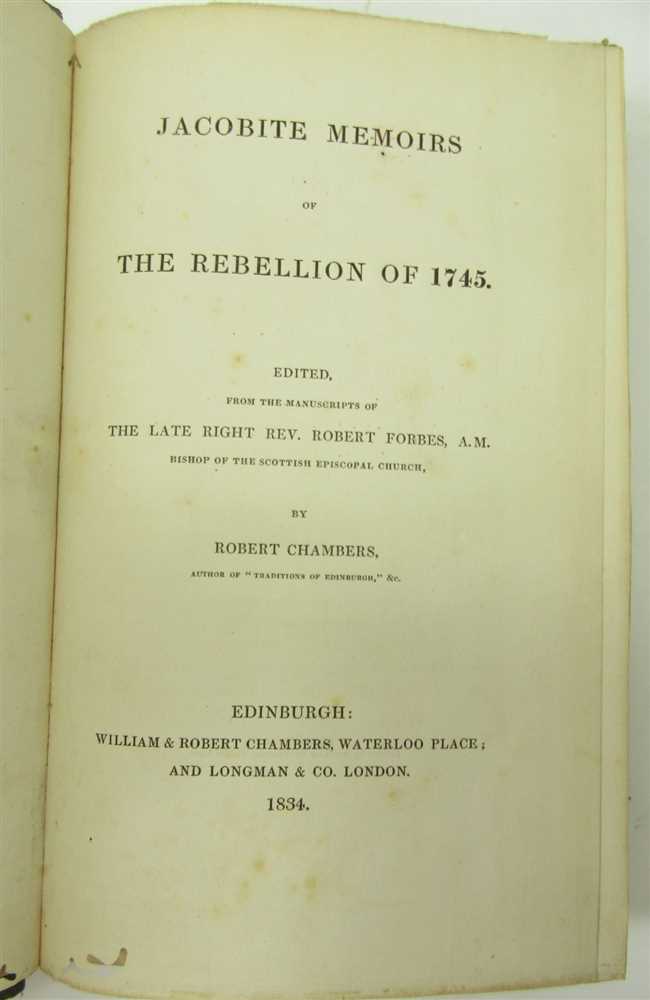
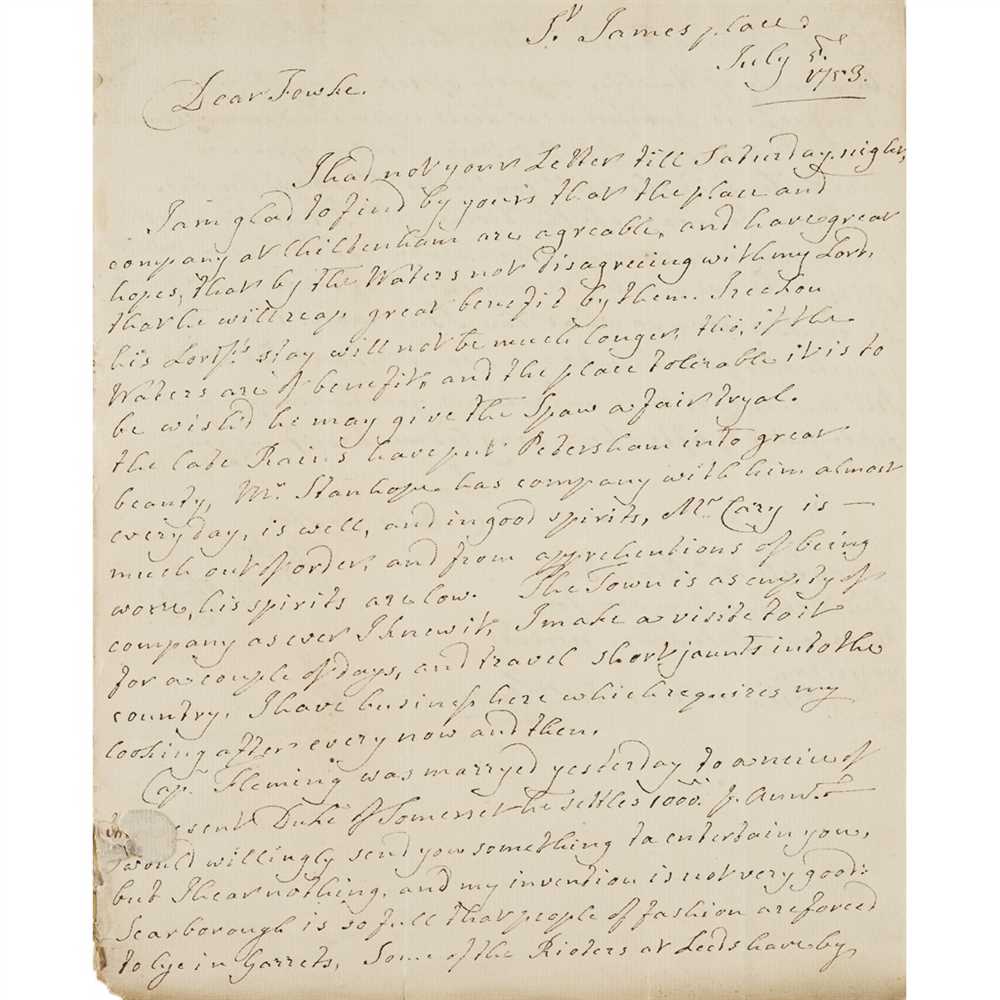
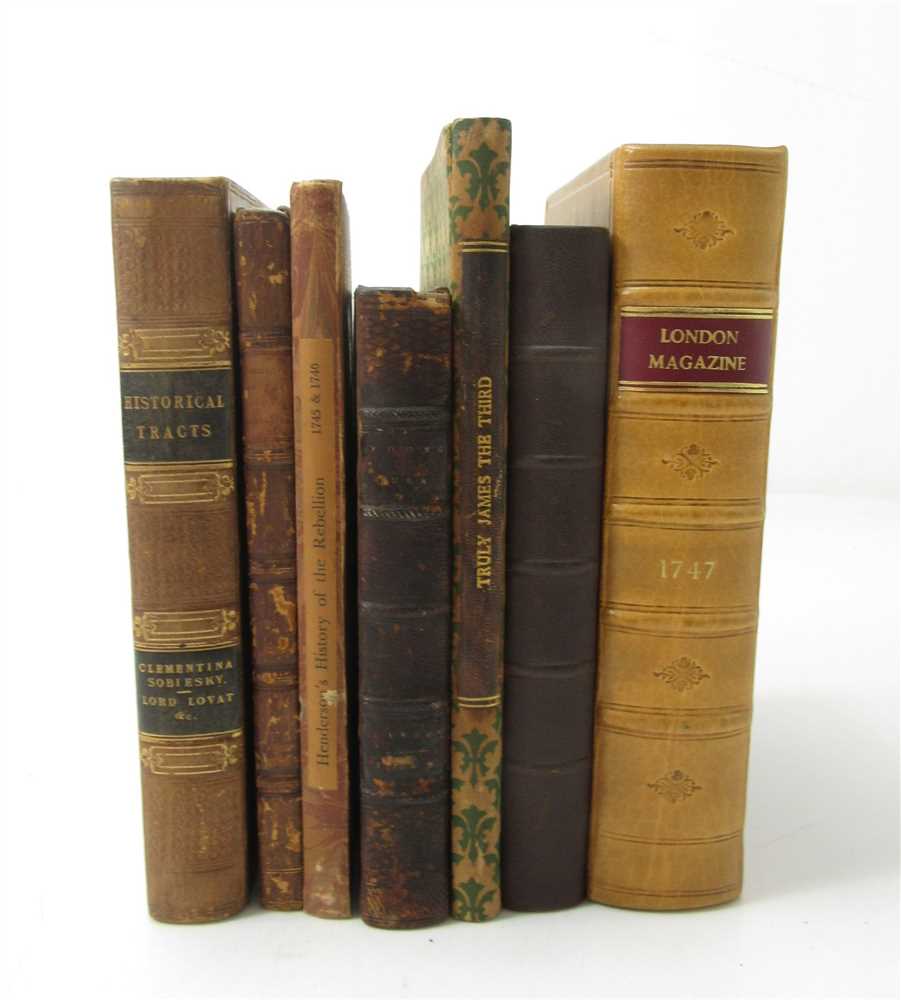
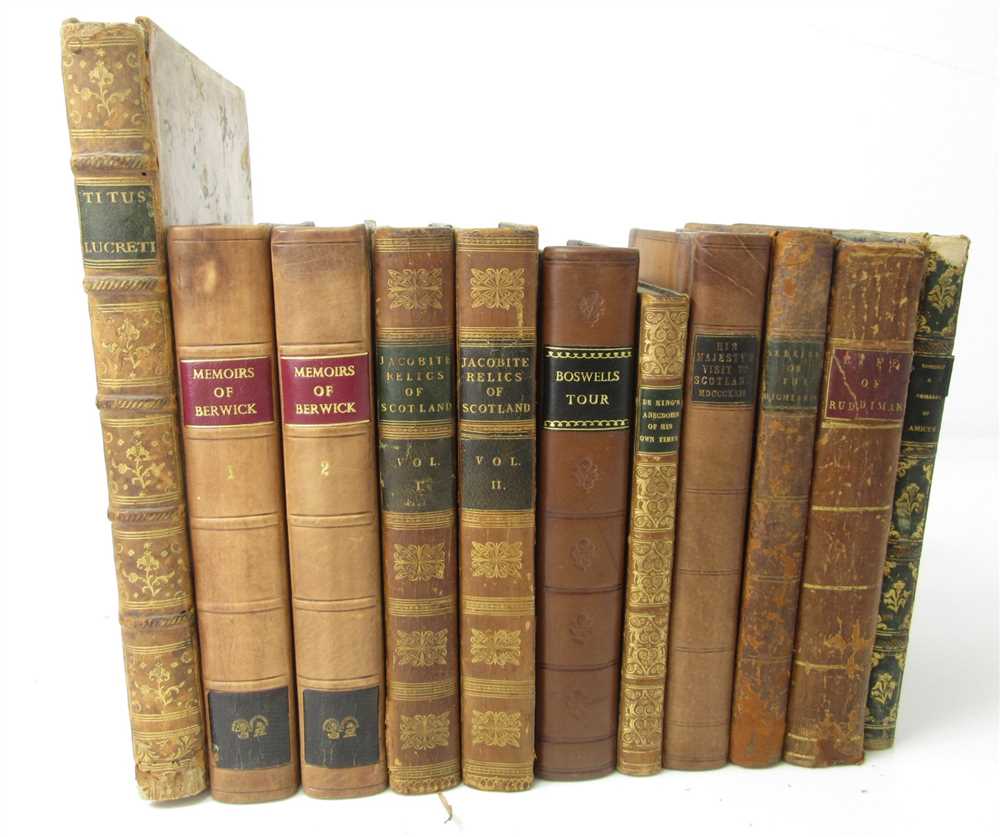

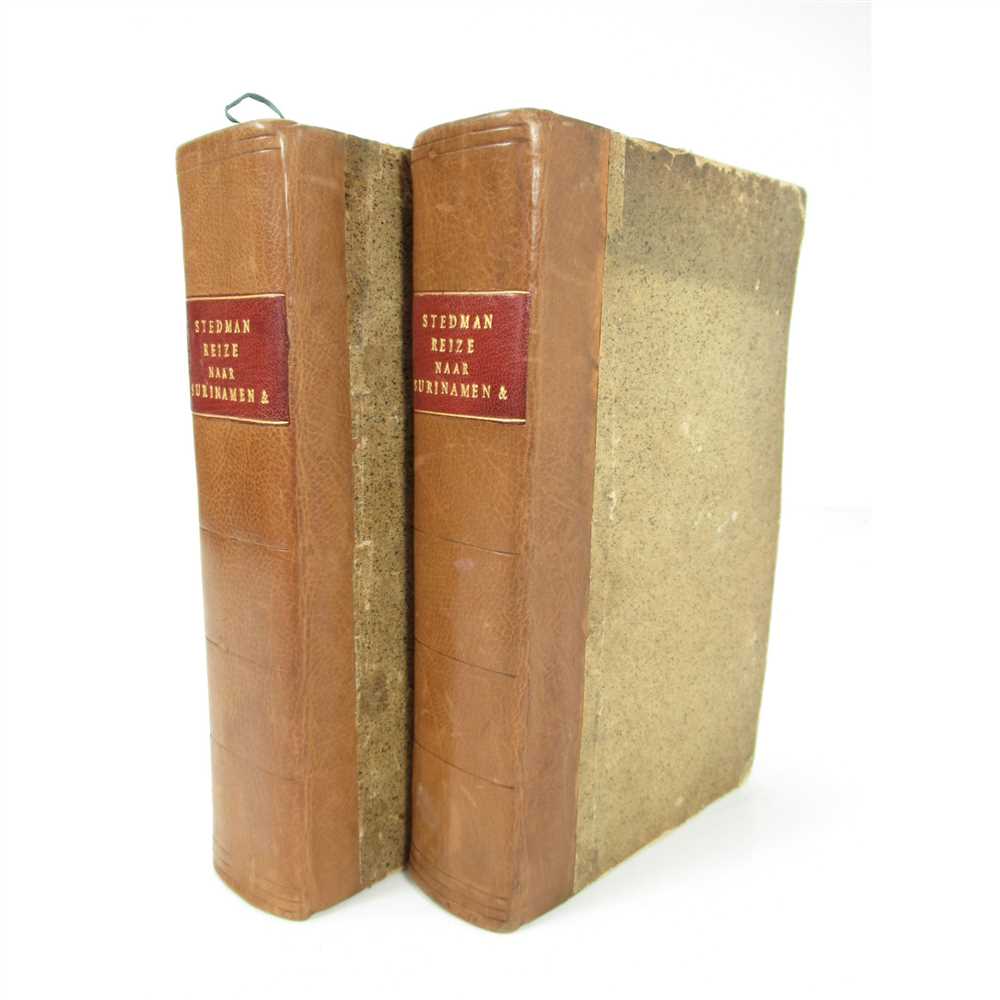
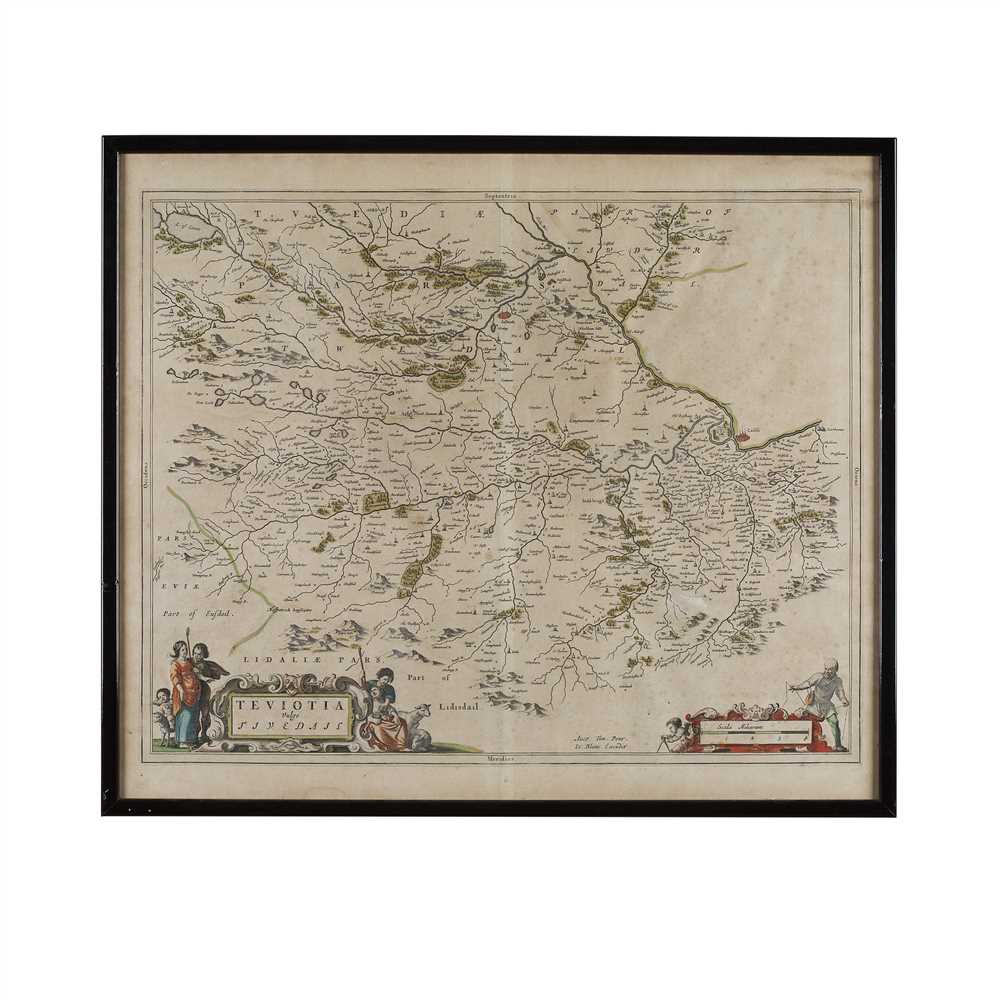
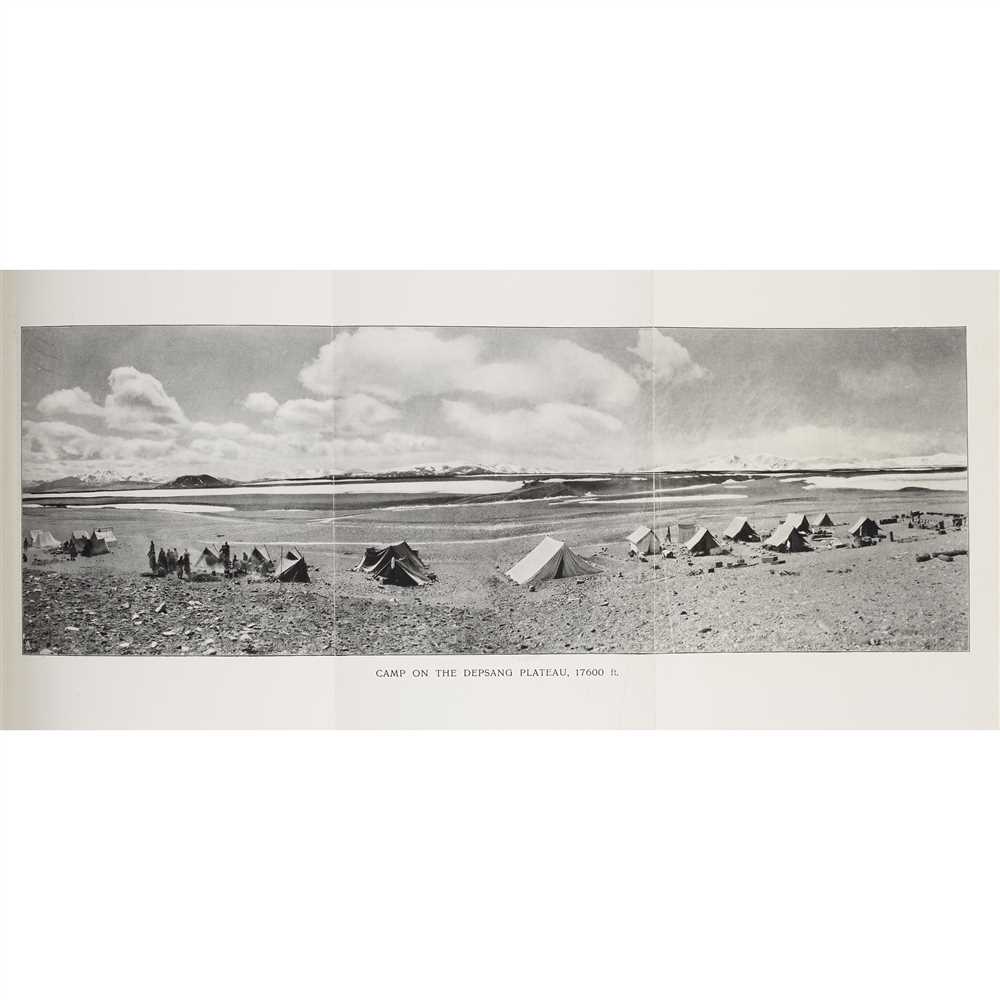
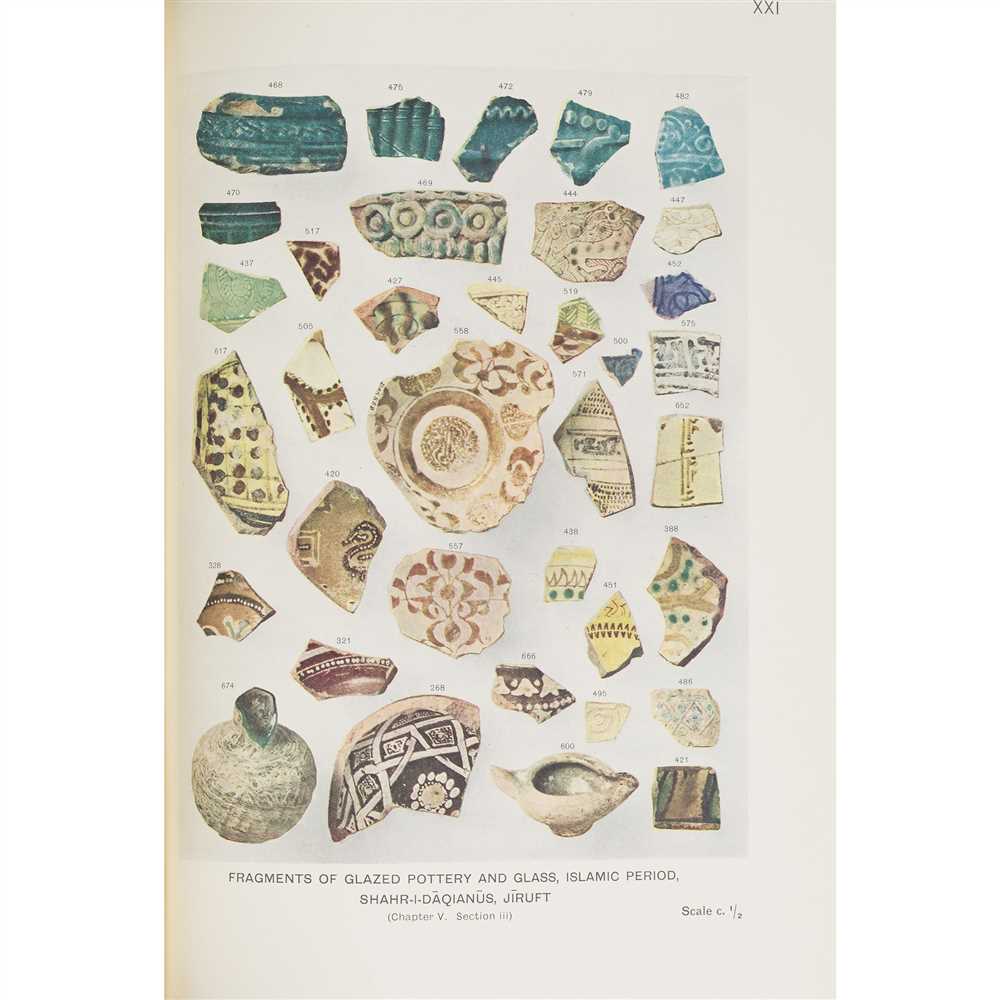


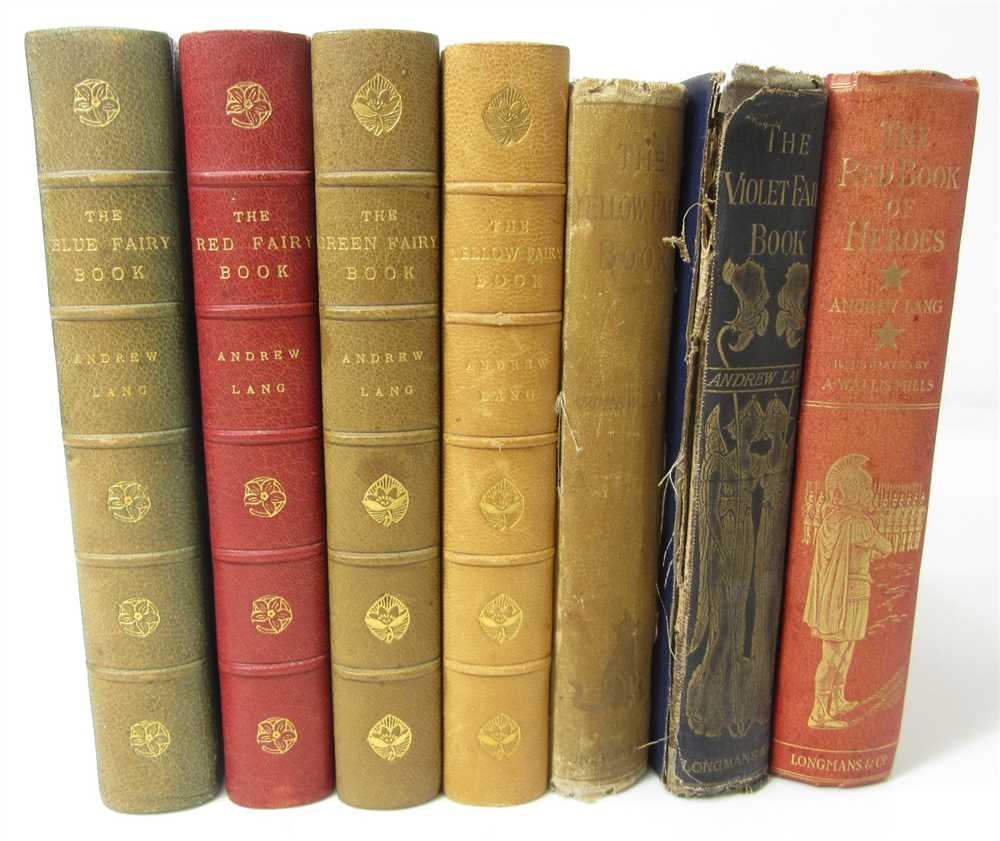
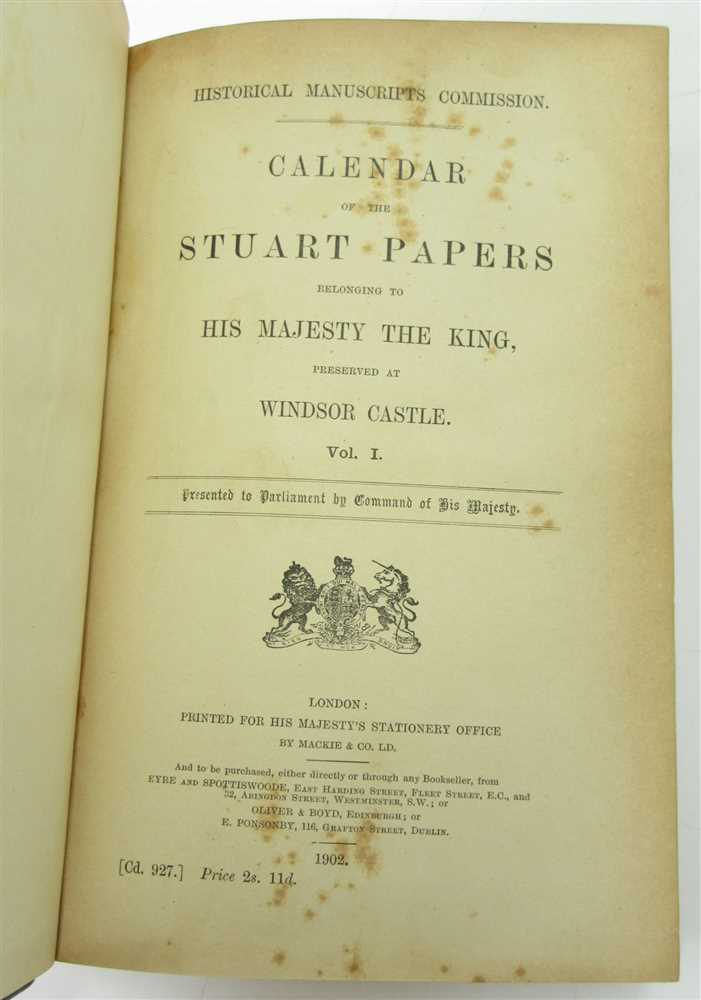
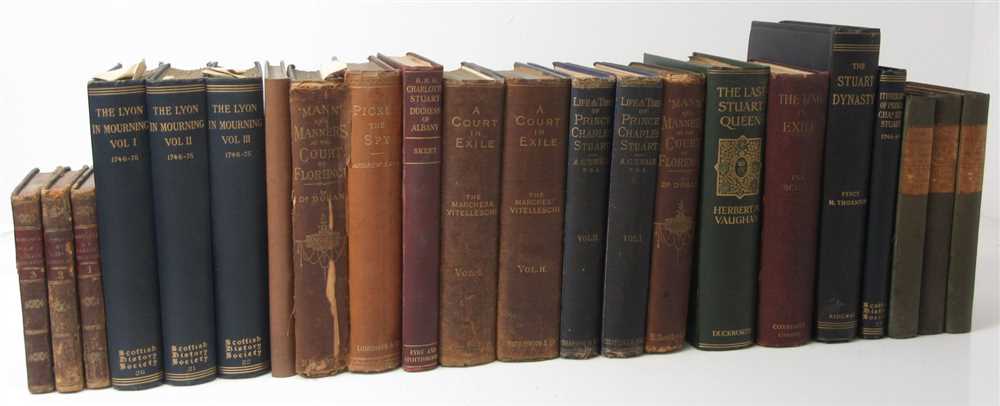
Testen Sie LotSearch und seine Premium-Features 7 Tage - ohne Kosten!
Lassen Sie sich automatisch über neue Objekte in kommenden Auktionen benachrichtigen.
Suchauftrag anlegen